Homemade Heart Model Project
Let’s explore the inner workings of the human heart with this Homemade Heart Model Project! The human heart is a remarkable organ responsible for pumping oxygen-rich blood throughout our bodies. Have you ever wondered how this vital organ works tirelessly to keep us alive?
This Homemade Heart Model is a Stem Science project not only offers an exciting and interactive way to explore the inner workings of the heart but also serves as an educational tool for students of all ages. We will guide you through the process of making your very own homemade heart model project, providing insights into the four main parts of this vital organ.
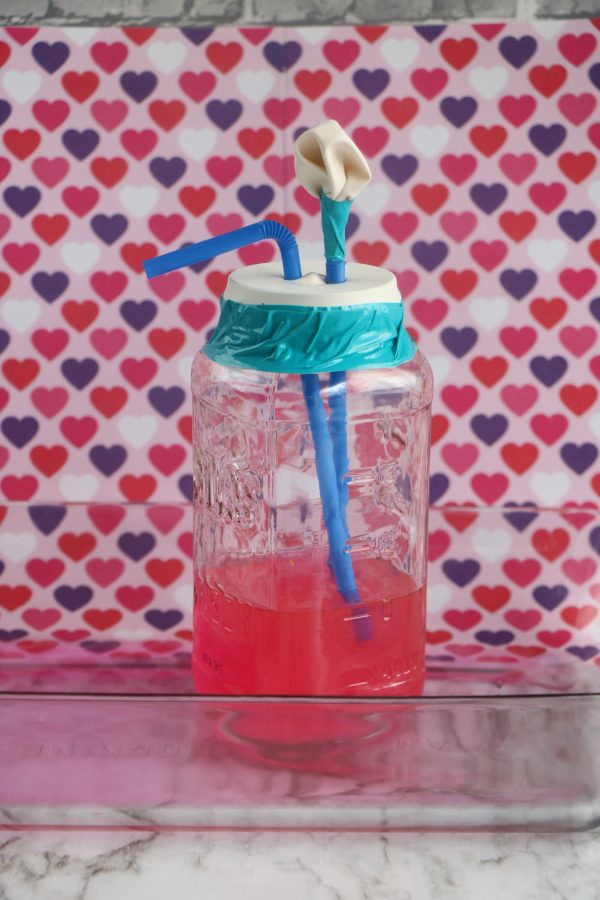
This post contains affiliate links meaning I get commissions for purchases made through links in this post at no cost to you.
Table of Contents
How to make a model of the heart at home?
Materials Needed to Make a Heart Model:
- Large mason jar
- 2 balloons
- 1 to 2 cups water
- Food coloring, if desired
- 2 bendy straws
- Tape
- Scissors
- Rimmed tray or casserole dish

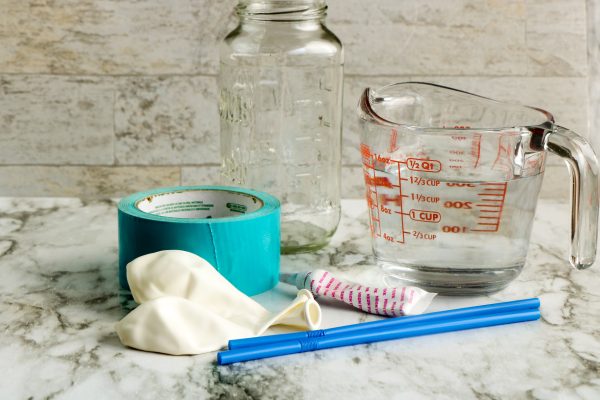
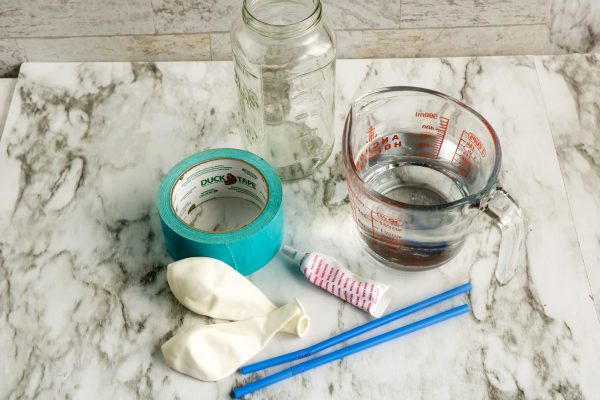
How to Make a DIY Homemade Heart Model Project:
Mix food coloring and water if desired. Pour the water into the jar.
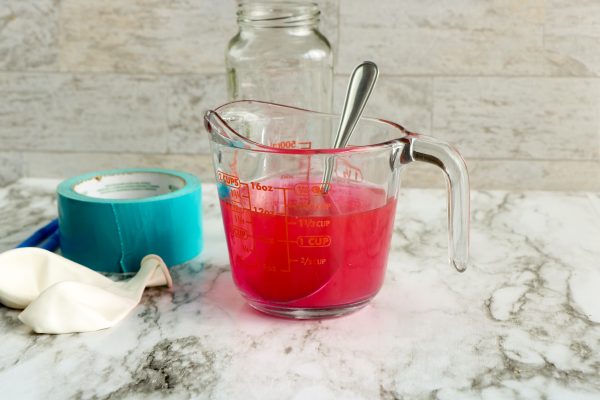
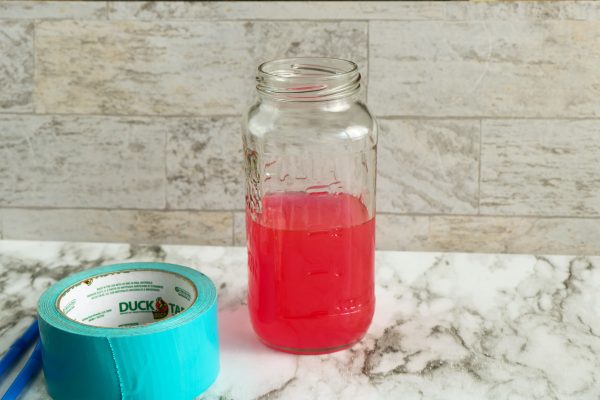
Cut one balloon in half. Discard the bottom/side with the opening of the balloon.
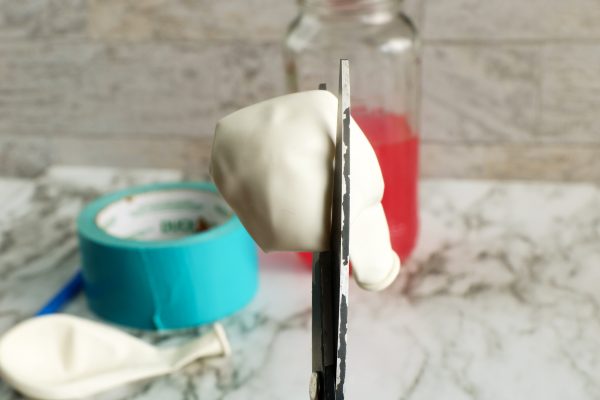
Place the remaining piece of the balloon loosely over one of the straws. Secure the cut edge to the straw with tape. Set aside.
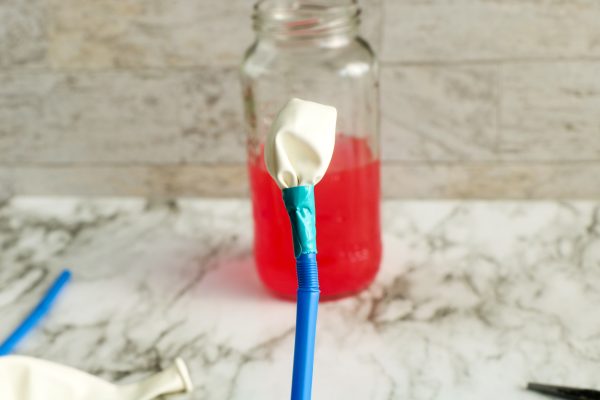
On the other balloon, cut the balloon in half to remove the narrow neck part of the balloon. Stretch the remaining part of the balloon over the mouth of the jar. Cut two tiny slits in the balloon. Secure the balloon’s cut edge to the jar with tape.
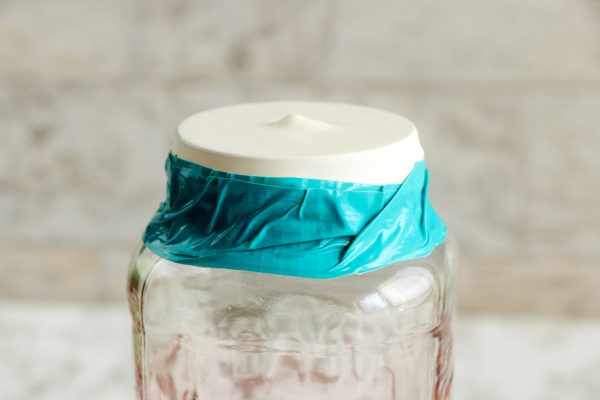
Pressing the balloon to make the holes slightly larger, push the bottom of each straw through a hole in the balloon.

On the straw without the attached balloon cap, bend the neck so the top points down.
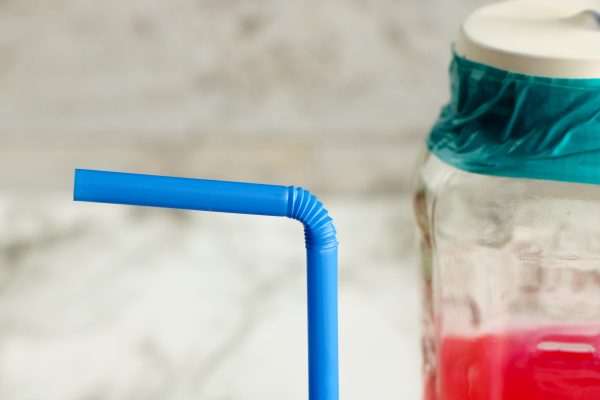
Place the jar in a rimmed baking sheet or casserole dish.
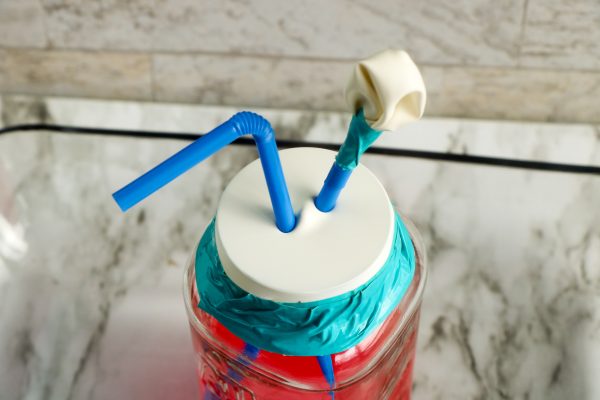


To make the model heart work, press down on the balloon stretched over the jar. Water will flow through the uncovered straw. The straw with the balloon cap will inflate.
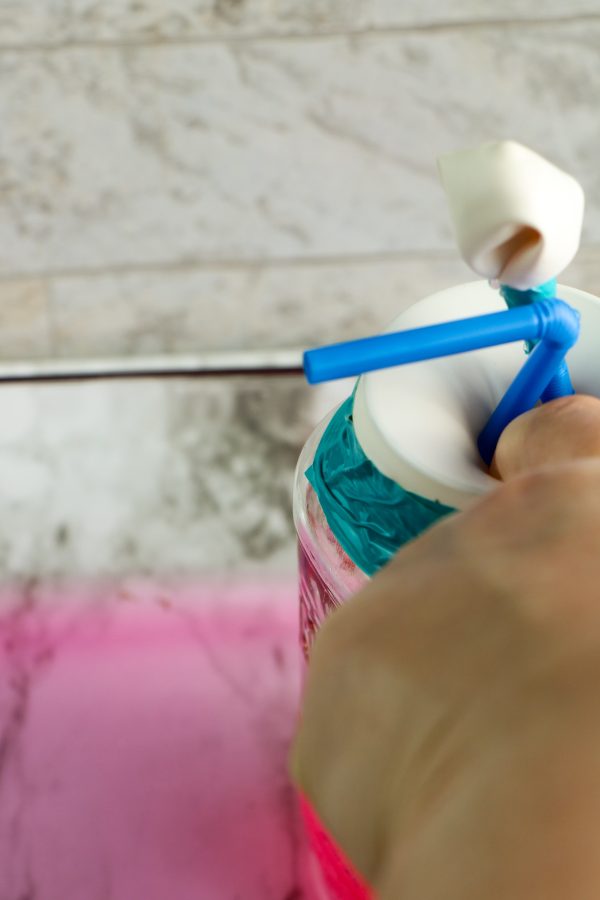
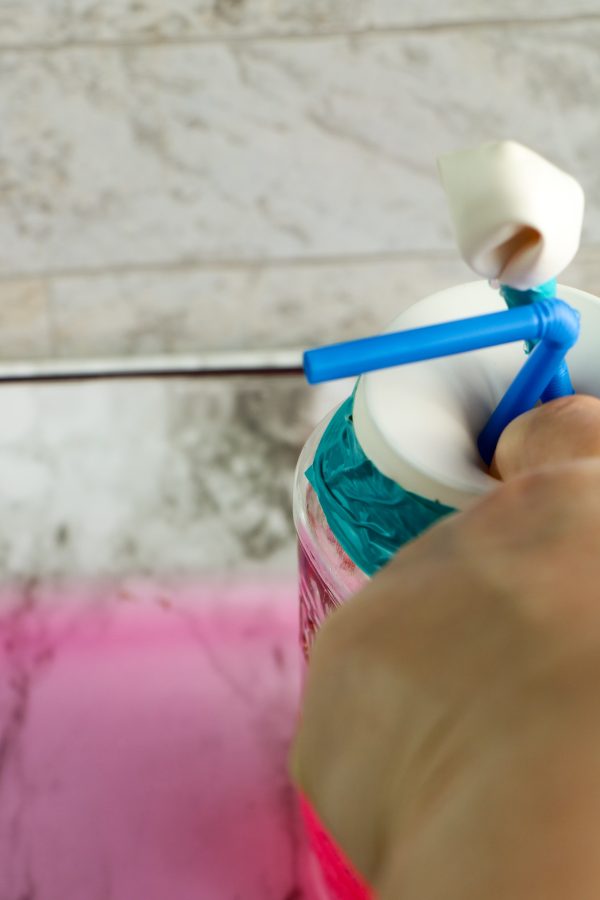
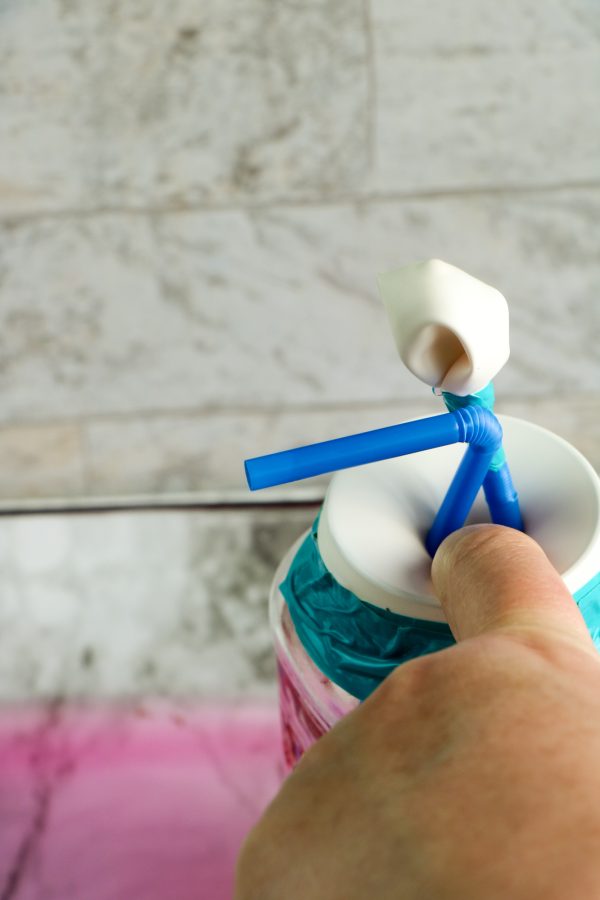

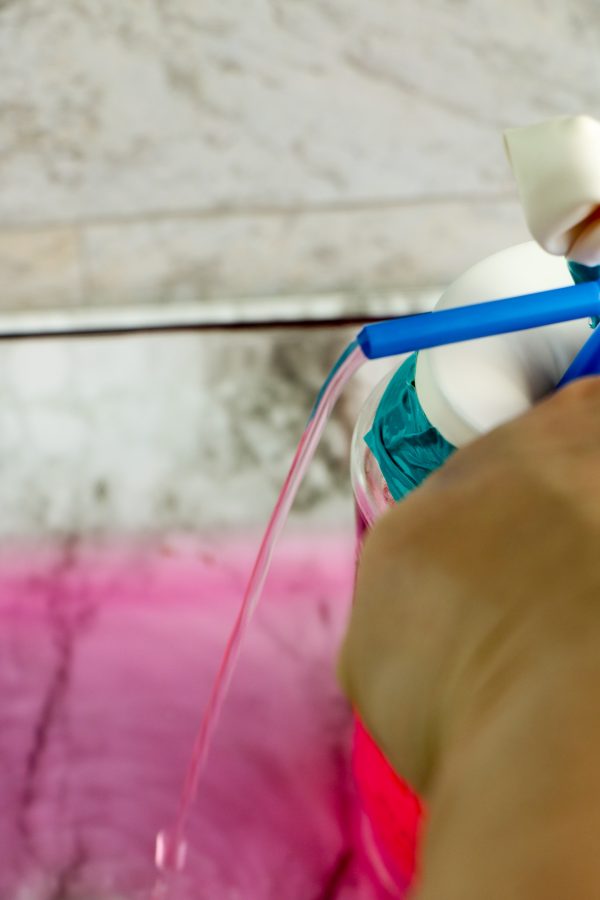
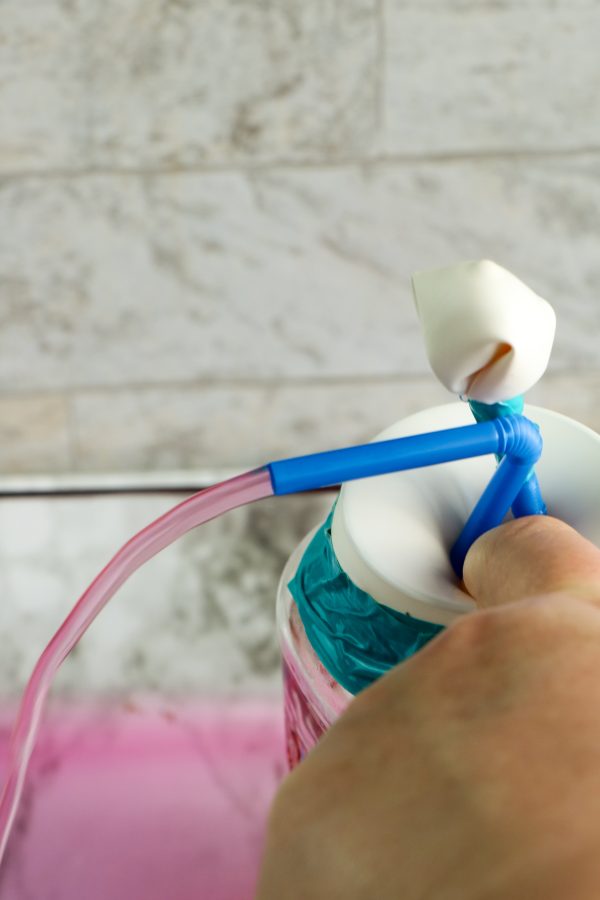
Stem Science Project Ideas for Kids:
Mentos Explosion Experiment – Make a Guyser
How to Make a Lego Christmas Tree
What are the four parts of the heart?
Right Atrium
This is the chamber located at the upper right-hand side of the heart. Its primary function is to receive deoxygenated blood returning from the body through the superior and inferior vena cava. The right atrium then pumps the blood into the right ventricle.
Right Ventricle
Situated below the right atrium, the right ventricle is responsible for receiving deoxygenated blood from the right atrium and pumping it into the pulmonary artery. From there, the blood is sent to the lungs, where it picks up fresh oxygen.
Left Atrium
Positioned on the upper left side of the heart, the left atrium receives oxygen-rich blood from the lungs via the pulmonary veins. It acts as a reservoir for this oxygenated blood before it is pumped into the left ventricle.
Left Ventricle
Found below the left atrium, the left ventricle is the most muscular and powerful chamber of the heart. Its main task is to receive oxygenated blood from the left atrium and forcefully pump it out through the aorta, the body’s largest artery. This ensures that oxygen and nutrients reach all the organs and tissues of the body.

What are some fun facts about the human heart?
- The average adult heart beats around 100,000 times per day, pumping about 2,000 gallons (7,571 liters) of blood.
- The heart has its own electrical system that controls its rhythm, known as the sinoatrial (SA) node, often called the “natural pacemaker” of the heart.
- The heart can continue to beat even if it is separated from the body, as long as it receives a supply of oxygenated blood.
- Emotions can influence the heart’s rhythm. Love, fear, excitement, and sadness can all impact heart rate and blood pressure.
- The heart is the first organ to form in a developing embryo.
- The sound of a heartbeat is the sound of the heart valves opening and closing.
- The heart is about the size of a fist and weighs around 10 ounces (283 grams).
- The heart begins beating as early as four weeks after conception, often before the mother even realizes she is pregnant.
- Contrary to popular belief, the heart is not located on the left side of the chest. It is positioned slightly left but primarily in the center of the chest.

Engaging in a homemade heart model project not only provides an entertaining DIY activity but also offers an effective way to learn about the four main parts of the heart. By creating a visual representation of this vital organ, you can enhance your understanding of its structure and function. So, gather your materials, and go on an educational journey that combines creativity, hands-on learning, and scientific exploration. Enjoy the process and marvel at the intricacies of the human heart!
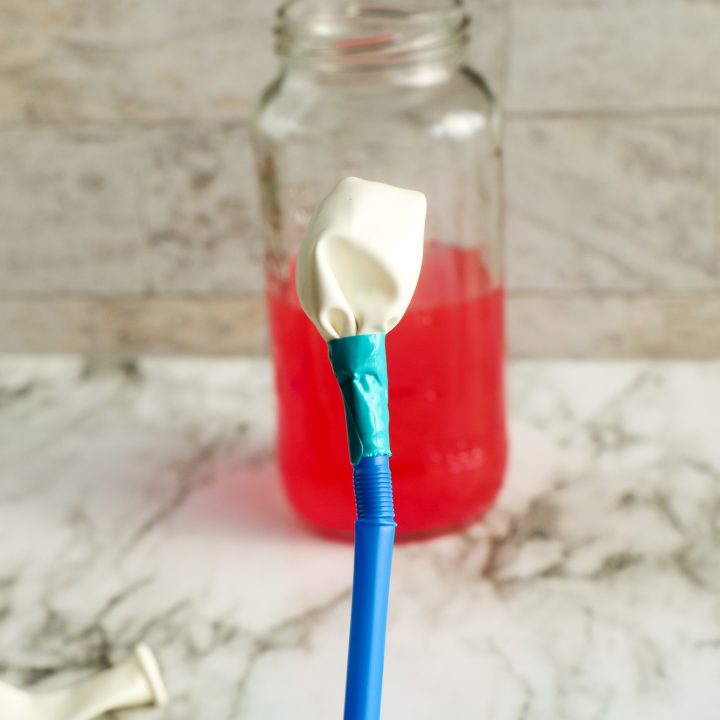
Homemade Heart Model Project
This is a homemade heart model project which would be the perfect Stem Science project for school aged kids.
Materials
- Mason Jar
- Multiple Balloons
- Water
- Food Dye
- Plastic Straws
- Duck Tape
Tools
- Cutting Scissors
- Casserole Dish or deep dish
Instructions
- Mix the food dye and water in the mason jar
- Cut one of the balloons in half and throw away the bottom half
- Use the remaining half and put it over a plastic straw; tape the edge of the balloon to the top of the straw to secure
- With another balloon, cut it in half and throw away the bottom half again, stretch the top half over the lid of the mason jar, cut two tiny slits into the stretched balloon, and tape the balloon to the lid of the mason jar to stay
- Push the straw from before, along with another one, through each slit in the balloon
- Push the top of the straw without the balloon downward using the bending mechanism
- Put the mason jar in the casserole dish or deep dish
- To make the model work, push on the balloon stretched on the mason jar lid; water will come out of the regular straw. The balloon-covered straw should inflate and deflate, and you press repeatedly on the balloon.
